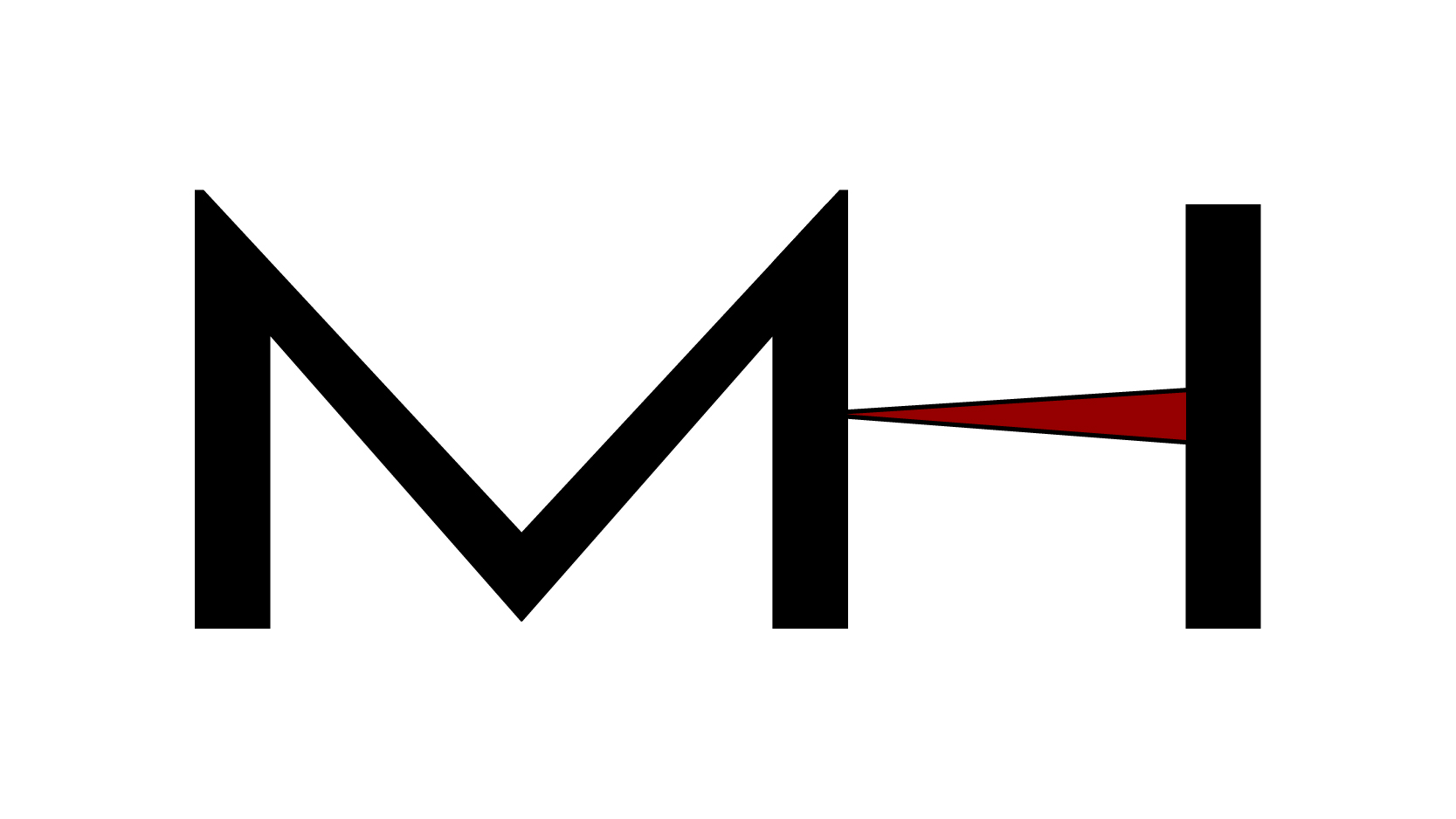- 0 Comments
- BLOG Muscular Neurological / Psychological Skeletal
Shoulder pain and dysfunction are common with a 6–11% prevalence in the under-fifties and 16–25% in the elderly (Alizadehkhaiyat, Fisher, Kemp, Vishwanathan, & Frostick, 2011). Alizadehkhaiyat et al. (2011) submitted that the infraspinatus (ISP) and supraspinatus (SSP), specifically, have key multifunctional roles to shoulder stability and movement. It is the contention of Alizadehkhaiyat et al. […]
Read More